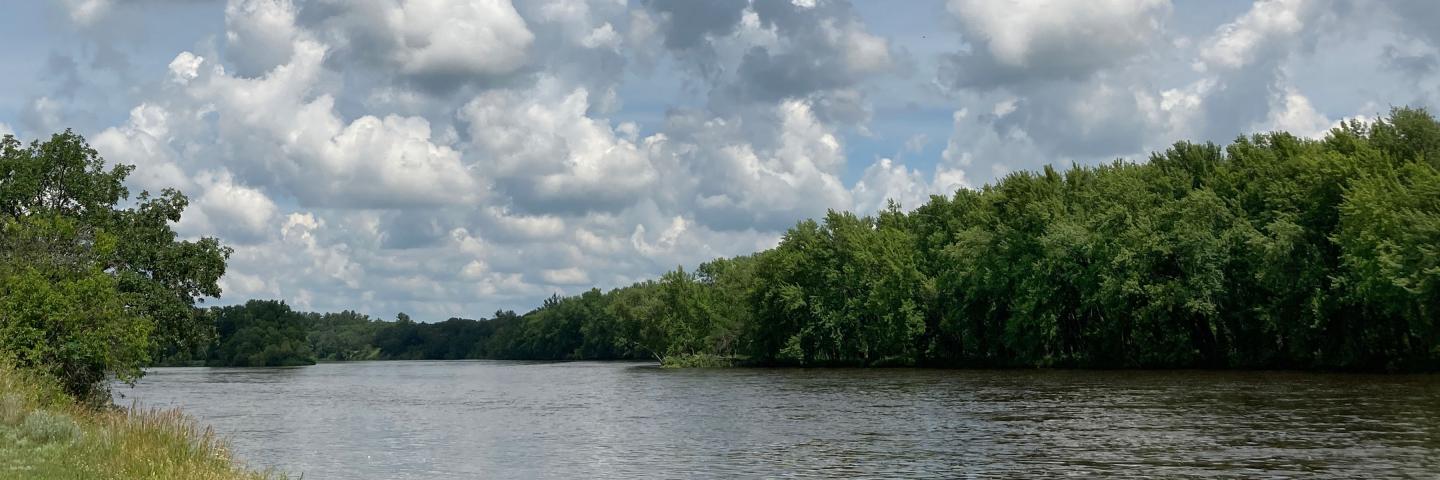
News

The Sentinel Landscapes Partnership is a coalition of federal agencies, state and local governments, and nongovernmental organizations that work with private landowners to advance sustainable land management practices around military installations and ranges.
The Sentinel Landscapes Partnership is a coalition of federal agencies, state and local governments, and nongovernmental organizations that work with private landowners to advance sustainable land management practices around military installations and ranges. Founded in 2013 by the U.S. Department of Agriculture, Department of Defense, and Department of the Interior, the partnership’s mission is to strengthen military readiness, conserve natural resources, bolster agricultural and forestry economies, and increase climate change resilience.
Sentinel Landscapes accomplish their objectives by connecting private landowners with voluntary state and federal assistance programs that provide agricultural loans, disaster relief, educational opportunities, financial and technical assistance, and funding for conservation easements.
Once the partnership designates a location as a Sentinel Landscape, local partners work with federal agencies to support private landowners in accessing the resources necessary to carry out sustainable management practices on their properties. Sustainable management practices, such as farming, ranching and forestry, not only offer economic and ecological benefits, but also protect defense facilities from incompatible development that can constrain the military's ability to carry out training and testing activities.
Since 2013, Sentinel Landscapes have worked with private landowners to permanently protect more than 515,000 acres and implement sustainable management practices on an additional 2.7 million acres around military testing and training areas. These efforts have preserved wildlife habitat, bolstered agricultural and forest production, and reduced land use conflicts around military bases.
The USDA Natural Resources Conservation Service and other partners work jointly to identify natural resource needs in Sentinel Landscapes and reach out to eligible landowners and offer voluntary technical and financial assistance to address resource concerns. Conservation tools include conservation easements and many other conservation practices.
Conservation Easements
NRCS acquires conservation easements under the Agricultural Conservation Easement Program (ACEP). ACEP has two components—agricultural land easements and the wetland reserve easements.
NRCS also acquires easements or works with entities to acquire easements through the Regional Conservation Partnership Program (RCPP). RCPP is a partner-driven approach to conservation that funds solutions to natural resource challenges on agricultural land, which includes easements. Easements meet both the program goals and the partner’s project goals.
Conservation Practices
NRCS offers technical and financial assistance to eligible agricultural producers through various conservation programs to address soil, water, air, and related natural resource concerns on agricultural land and nonindustrial private forestland. Those conservation programs include:
For more information about Sentinel Landscapes, visit sentinellandscapes.org.
Contact your local service center to start your application.
Do you farm or ranch and want to make improvements to the land that you own or lease?
Natural Resources Conservation Service offers technical and financial assistance to help farmers, ranchers and forest landowners.

To get started with NRCS, we recommend you stop by your local NRCS field office. We’ll discuss your vision for your land.
NRCS provides landowners with free technical assistance, or advice, for their land. Common technical assistance includes: resource assessment, practice design and resource monitoring. Your conservation planner will help you determine if financial assistance is right for you.
We’ll walk you through the application process. To get started on applying for financial assistance, we’ll work with you:
Once complete, we’ll work with you on the application, or CPA 1200.
Applications for most programs are accepted on a continuous basis, but they’re considered for funding in different ranking periods. Be sure to ask your local NRCS district conservationist about the deadline for the ranking period to ensure you turn in your application in time.
As part of the application process, we’ll check to see if you are eligible. To do this, you’ll need to bring:
If you don’t have a farm number, you can get one from USDA’s Farm Service Agency. Typically, the local FSA office is located in the same building as the local NRCS office. You only need a farm number if you’re interested in financial assistance.
NRCS will take a look at the applications and rank them according to local resource concerns, the amount of conservation benefits the work will provide and the needs of applicants. View Application Ranking Dates by State.
If you’re selected, you can choose whether to sign the contract for the work to be done.
Once you sign the contract, you’ll be provided standards and specifications for completing the practice or practices, and then you will have a specified amount of time to implement. Once the work is implemented and inspected, you’ll be paid the rate of compensation for the work if it meets NRCS standards and specifications.